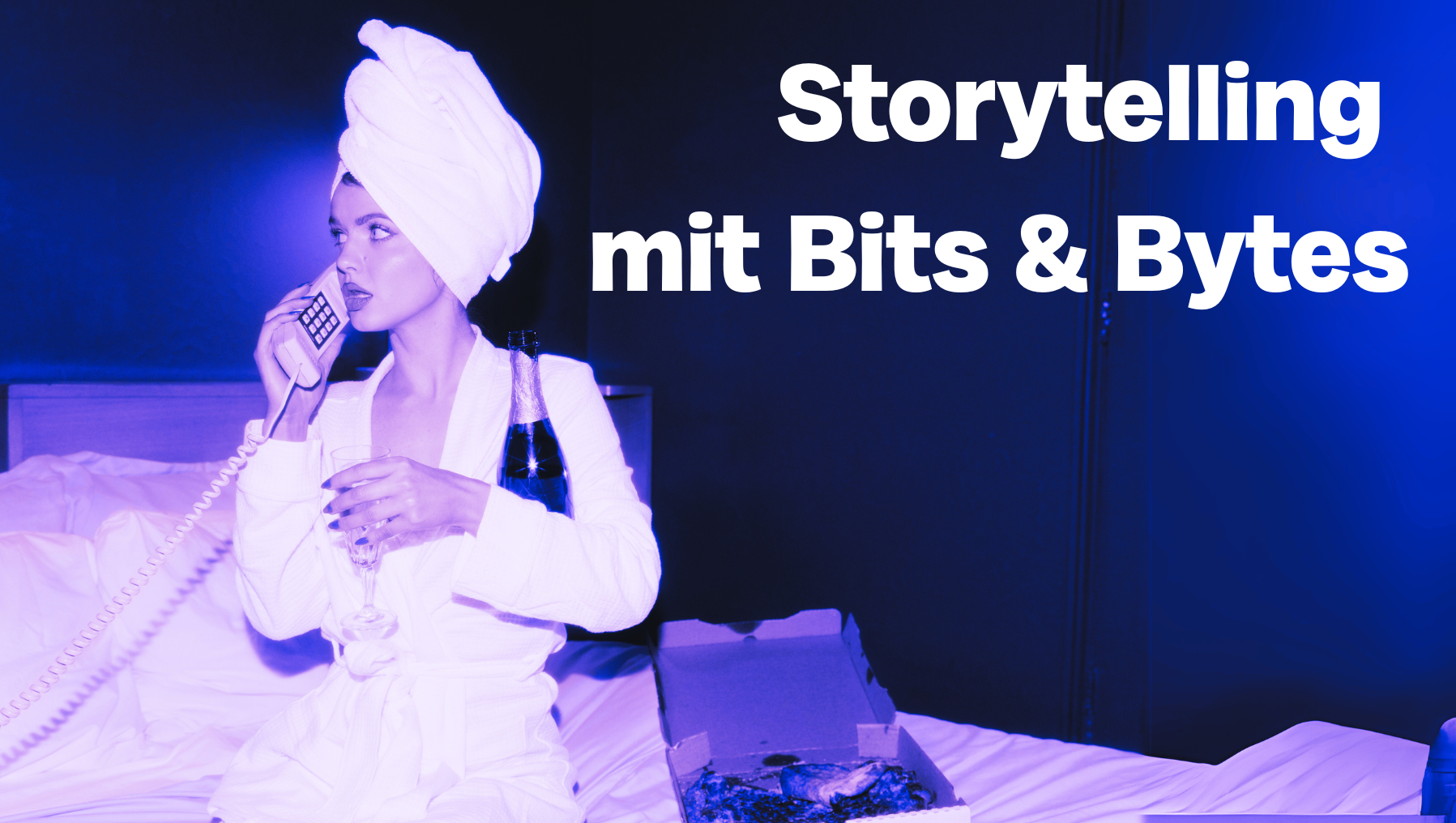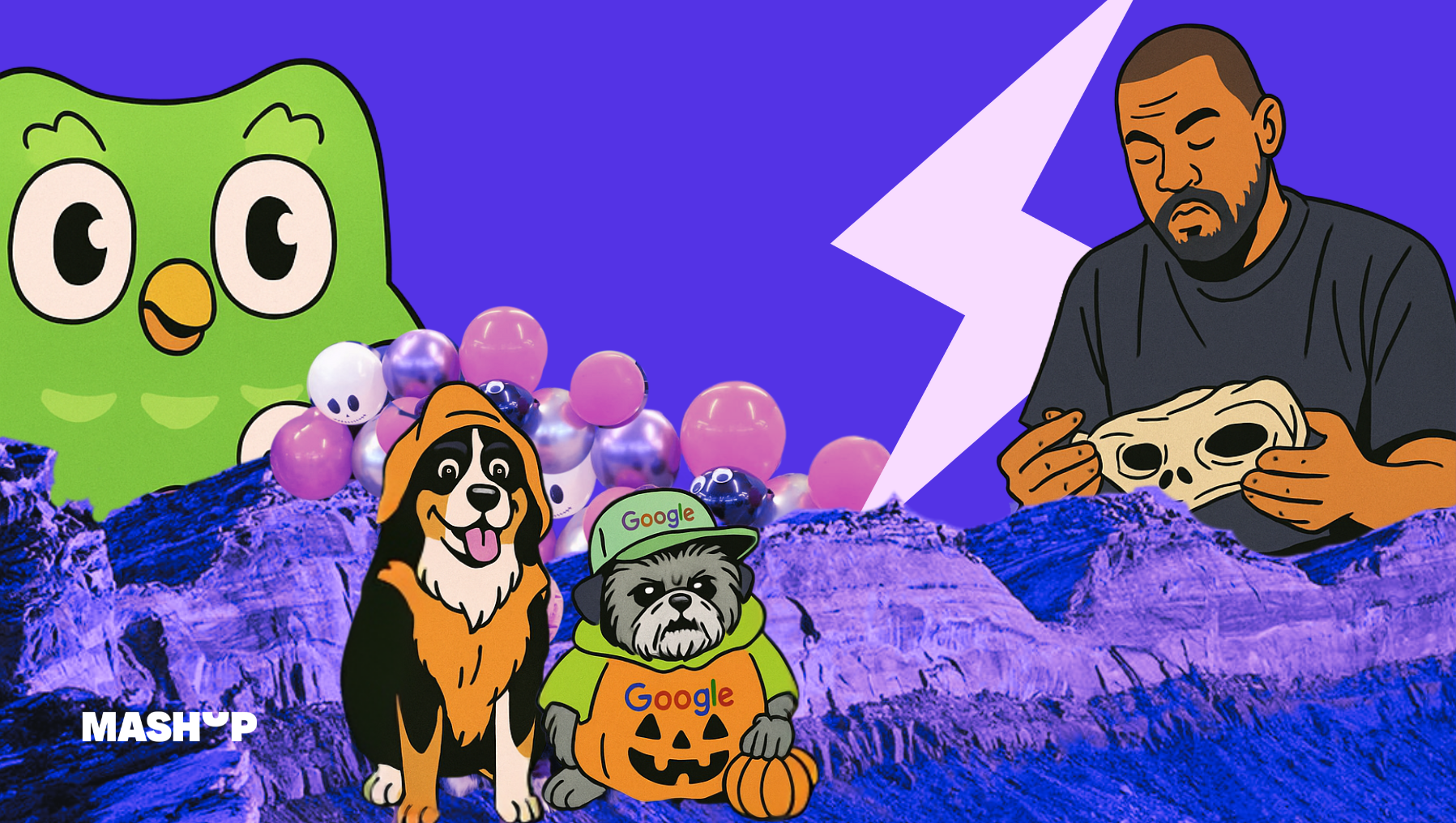Digital icons: Are AI influencers revolutionising brand storytelling?
Creators who never age, never sleep and produce content around the clock. Target group-orientated, perfectly adapted to the brand messages and completely free of charge. Too good to be true? What sounds like an episode of Black Mirror is already part of very real campaigns. AI influencers have been with us for a long time, some for almost ten years. On Instagram, TikTok or LinkedIn, they tell stories, set fashion trends or represent entire brand worlds. And although they are made of bits and bytes instead of flesh and blood, their impact and reach is demonstrably real. Especially in the context of strategic brand communication, digital influencers open up new spaces for storytelling in which brands have to explore control, creativity and community in a new way.

What exactly are AI influencers – and why is everyone suddenly talking about them?
AI influencers are computer-generated characters that act like human influencers on social platforms. Unlike animated avatars in games or films, they have a consistent personality, a visual aesthetic and often also their own biography. They post regularly, interact with followers and represent brands in sponsored posts. The first completely digital personalities have been successfully inspiring communities on Instagram since 2016 – almost ten years ago.
And the market continues to grow. Companies such as Brud, the NFT start-up Dapper Labs and the digital agency The Clueless are building entire business models around virtual personalities. For brands, this offers a highly controllable, scalable and emotionally connectable storytelling format. Why?
Why brands rely on AI influencers
The advantages for brand communication are manifold:
- High level of control: No unpredictable statements, no scandals – content and messages can be precisely controlled.
- Creative freedom: AI characters can be anything – from science fiction characters to realistic street style icons.
- Consistency: The visual appearance remains unchanged, regardless of mood, age or external factors.
- Addressing target groups: GenZ and millennials in particular respond openly to virtual personalities – provided they are presented in a credible way.
This sounds tempting for brands at first, but this is precisely where the crux of the matter lies: virtual creators quickly threaten to appear superficial, generic or even lifeless – speaking of Uncanny Valley – especially if they are only used as a flawless content shell. Without narrative depth and genuine emotional connections, they can quickly be exposed as interchangeable marketing avatars.
AI influencers work particularly well when they do not appear as ‘mere advertising figures’ but tell stories with substance. Ideally, they come with their own attitude, rough edges and corners. Authenticity therefore remains central, even or especially with digital personalities.
Find out how to make AI approachable with emotional storytelling here.
Brand storytelling enters the chat: how emotionless AI bots become charismatic influencers
Good storytelling thrives on consistent characters, emotional depth and the ability to translate complex brand values into stories that can be experienced. This is precisely where AI influencers (and the agencies behind them) play to their strengths. They are not only visually malleable, but also dramaturgically – their personalities, backstories and communication styles can be specifically adapted, developed and orchestrated. Over time, this creates a narrative network that can be seamlessly spanned across different channels and campaigns.
The best thing? Unlike traditional testimonials, AI influencers function like fictional characters in a series: they grow with their community, develop new facets and can serve as a projection screen for social issues – whether mental health, diversity or sustainability. For brands, this means they not only create reach, but also genuine narrative added value. Stories and campaigns are created that go beyond mere advertising and touch consumers emotionally. This turns them into real carriers of brand purpose – staged with maximum creative freedom and without any will of their own.
Find out here how AI can also be used successfully in classic storytelling campaigns.
Three AI influencers that successfully showcase brands
1st Lil Miquela – The pioneer among AI influencers
Lil Miquela is one of the first and most successful AI influencers in the world. She first appeared on Instagram back in 2016 – developed by the startup Brud in Los Angeles. Since then, she has become an integral part of pop culture: with over 2.7 million followers, campaigns for Prada, Calvin Klein and Apple and her own music career, she is one of the most successful virtual personalities in the world.
What makes her so special is not so much her flawless appearance, but her complex, deliberately staged identity: half human, half robot, with opinions on social issues, her own conflicts and a real development over the years. From a storytelling point of view, she is brilliantly staged. Miquela is an ongoing narrative, a living brand persona with attitude. Instead of simply placing content, brands can use her to become part of a multi-layered story and thus build deeper, emotionally charged connections with the community.
What characterises Lil Miquela:
- Clearly positioned identity (transparent as an AI influencer) with political and social statements.
- High recognition value, strong community loyalty.
- Brand collaborations that are embedded in credible storytelling.
Lil Miquela proves that virtual personalities can be perceived as real opinion leaders – if they show attitude and continue to develop consistently.
2 Aitana Lopez – The pink fitness icon from nowhere
Aitana López looks like a real model and earns thousands of euros a month as a virtual influencer with brand collaborations in fashion, fitness and gaming. The Spanish AI personality with the Instagram name @fit_aitana was created by The Clueless agency in response to rising fees and the unreliability of influencer partnerships.
Aitana is a prime example of how artificial characters with strong storytelling can become credible brand ambassadors. She embodies self-love, mental health and empowerment. This resonates with her mainly female, rather young community and offers brands a perfectly curated platform to showcase their values in a long-term and dramaturgically charged way.
What characterises Aitana Lopez:
- Self-confident demeanour, strong attitude towards mental health and self-empowerment.
- Content with emotional depth that creates approachability – even though it is fictional.
- Enormous reach on Instagram with a clearly defined community.
Aitana shows how virtual influencing can go far beyond pure product placement by engaging its community with value-based communication.
3 Lucy from XXXLutz – The virtual testimonial with a knack for interior design
With the AI influencer Lucy, XXXLutz has added a virtual testimonial to its campaign world that perfectly matches the brand aesthetic. Developed by Jung von Matt, Lucy embodies the furniture retailer’s understanding of design and digital innovation and acts as a link to the younger target group on social media.
The highlight from a storytelling perspective: Lucy is not a classic advertising medium, but a staged brand character with the potential for long-term narration. Her digital identity allows XXXLutz to tell its own stories beyond real people – consistent, stylised and entirely in the spirit of a brand-strategy-driven hero’s journey in the furniture universe.
What characterises Lucy:
- First German AI influencer for a brand. This takes brand storytelling to a new level
- Integrated into XXXLutz advertising campaigns, but also active on TikTok and Instagram.
- Positions itself as a modern, design-savvy figure with a high lifestyle factor.
XXXLutz takes brand storytelling and social media marketing to the next level with Lucy. The AI influencer conveys the brand values of XXXLutz and is perfectly staged at all times, consistent in her message and ready for any platform. Better than a human cooperation partner ever could.
The elephant in the room: will AI influencers soon replace real people?
The answer is complex. They do not necessarily compete – but they do fulfil certain functions. Particularly in scenarios where maximum control, international scaling or target group staging are required, they offer advantages that human creators find difficult to replicate. However, truly lively brand communication is often created through interaction when AI influencers and real personalities become part of a larger narrative together.
Conclusion: Not hype, but an opportunity for sustainable storytelling
Virtual influencers are far more than just a digital marketing gimmick. They are here to stay. As a serious tool for brands that want to communicate with new target groups, explore creative freedom and take their storytelling to the next level. In order to be successful, a balancing act is required: how do you use AI influencers not as a substitute, but as a strategically sensible extension of the brand storytelling universe? The prerequisites are clear strategic embedding, technical quality and narrative depth. Because regardless of whether it’s a real person or a virtual fictional character, only those who tell real stories and arouse real emotions will remain relevant for their community.
If you want to find out more about how we deal with the topic of AI at Mashup, you can find our principles here.
Share this article







